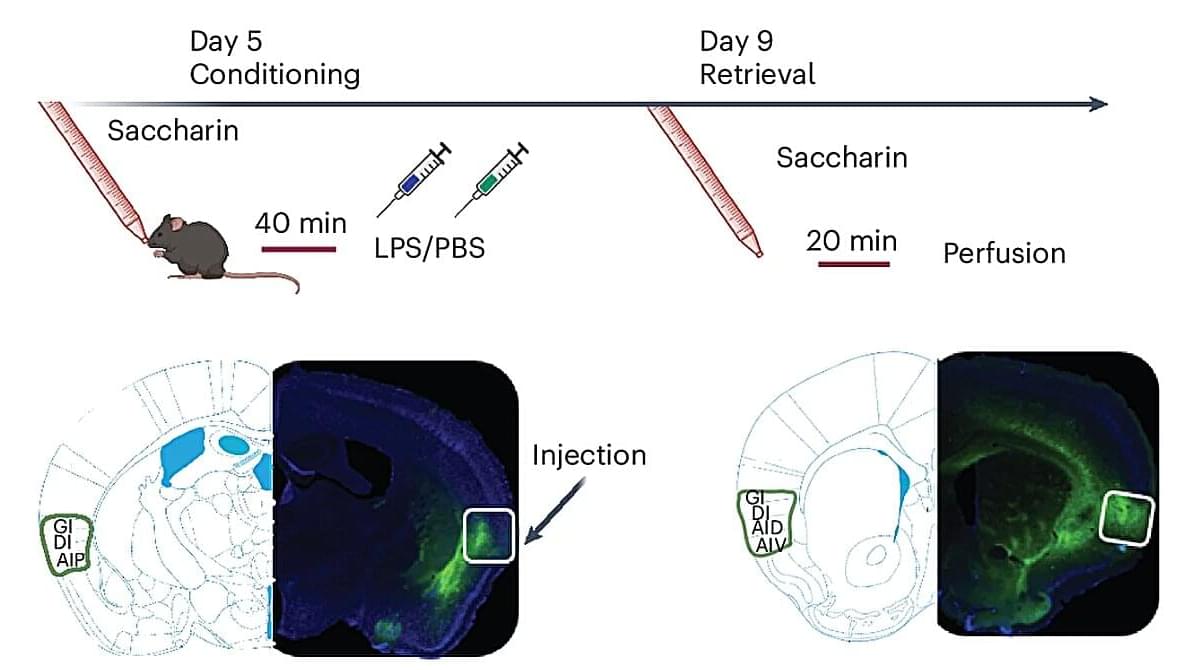The brain of humans and other animals is known to contribute to the protection of the body from infections. Past studies have unveiled the existence of the so-called conditioned immune response (CIR), which is a form of Pavlovian conditioning that entails the formation of mental associations between specific sensory stimuli (e.g., a specific odor, taste, etc.) and immunomodulatory agents (i.e., a substance that influences the immune system).
For instance, if an animal tastes a particular food shortly before becoming ill several times, re-experiencing the same taste can evoke an aversive response and even trigger an anticipatory immune response. While this CIR is now well-documented, its neural underpinnings so far remain poorly understood.
Researchers at University of Haifa recently carried out a study aimed at better understanding the neural pathways involved in these widely reported conditioned immune responses (CIRs). Their paper, published in Nature Neuroscience, outlines a neural pathway that appears to mediate the retrieval of CIRs in male mice.
